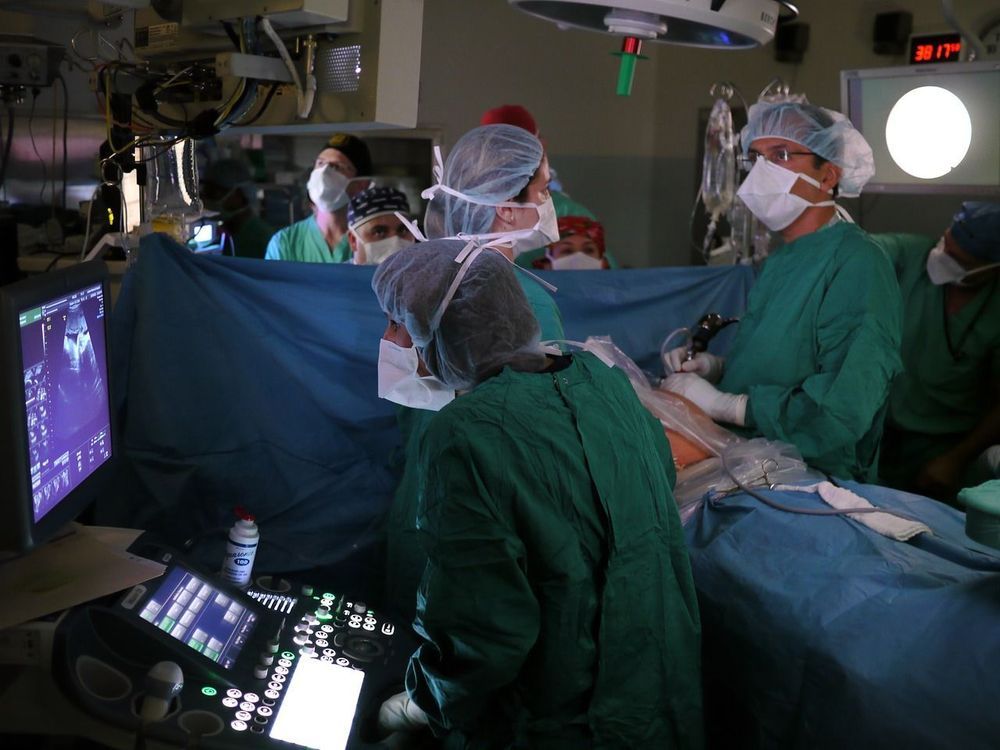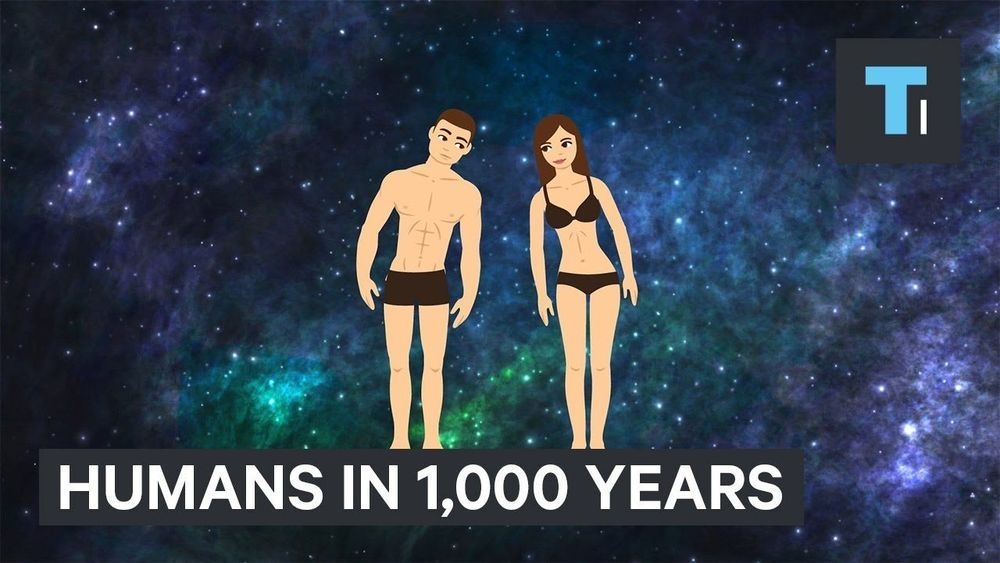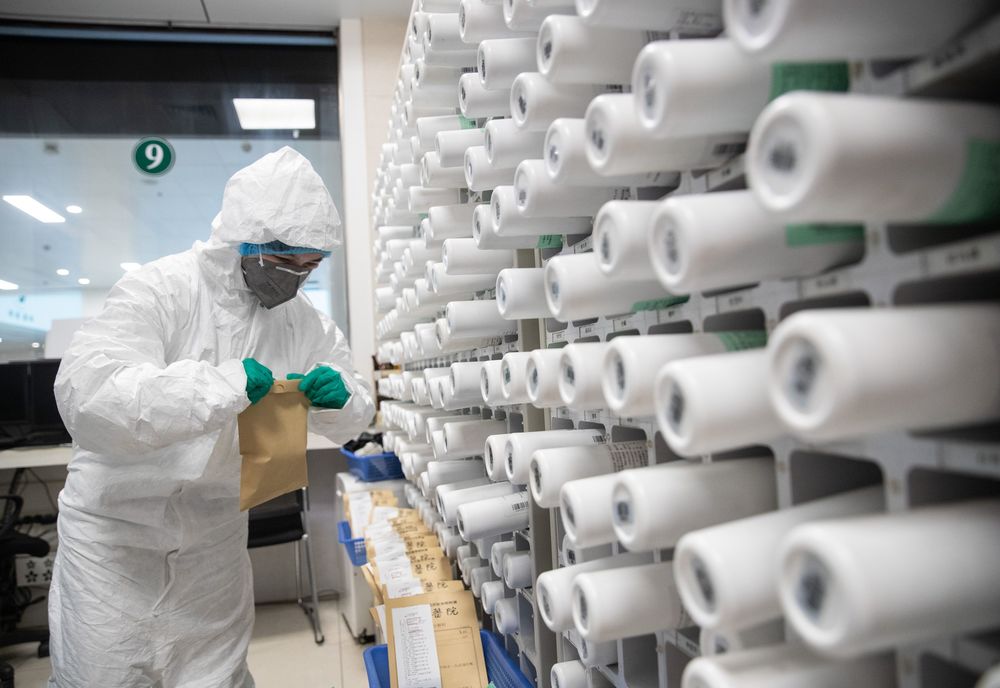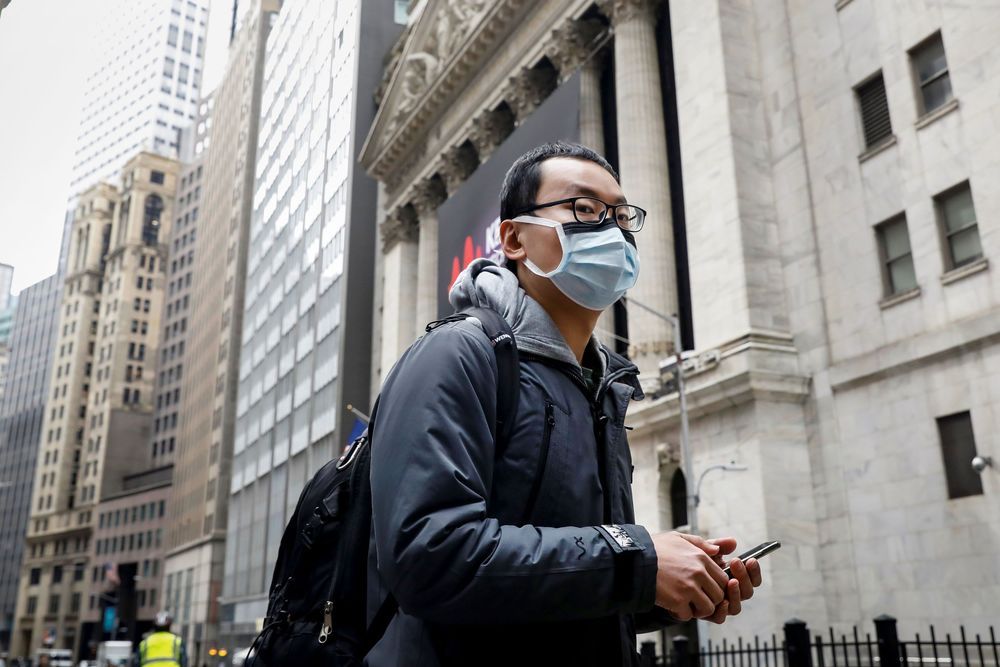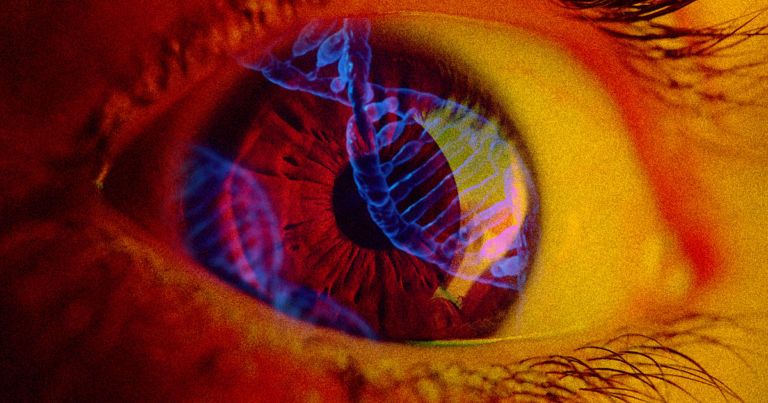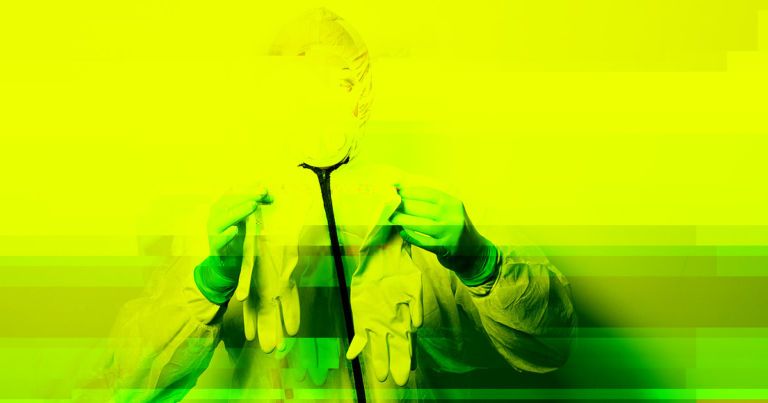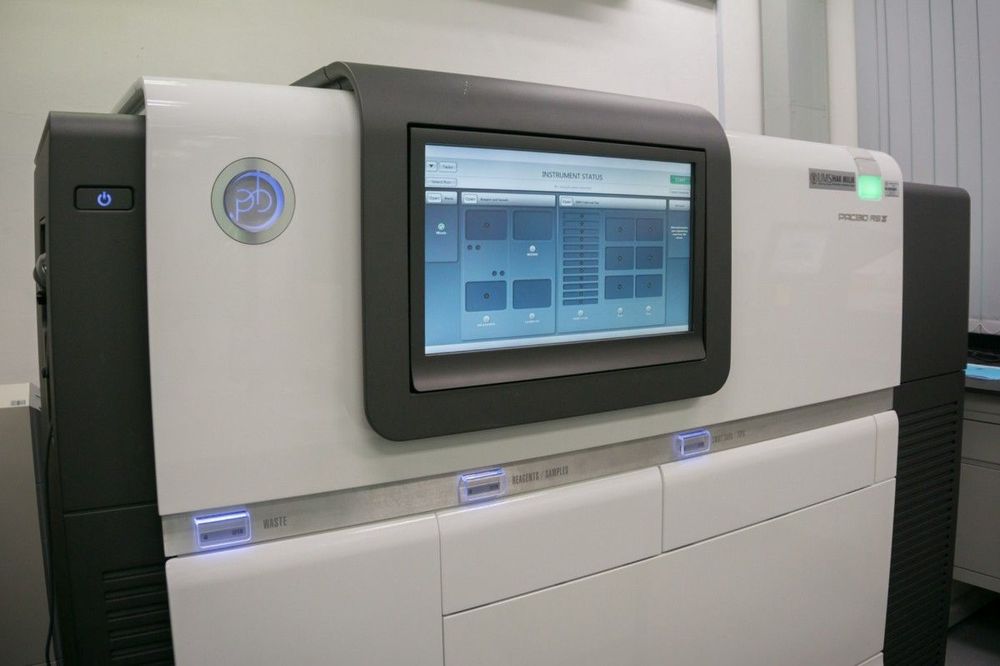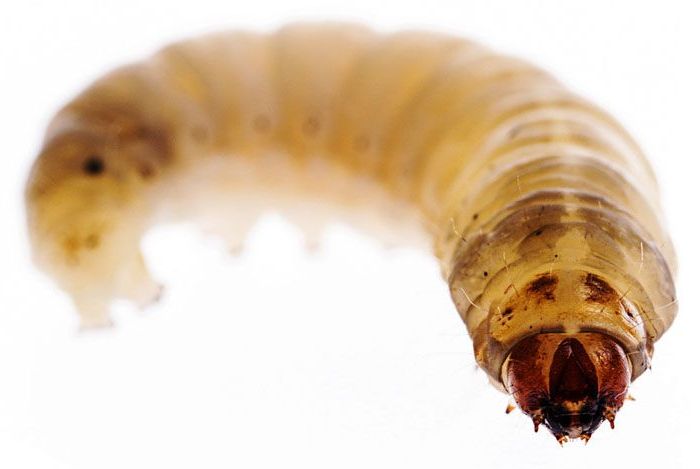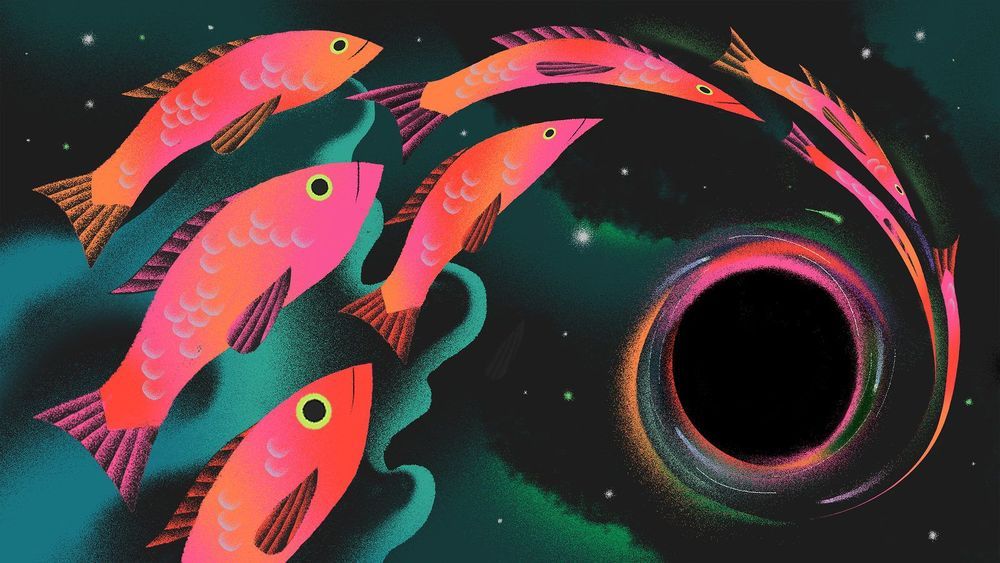In Beilinson Hospital, for the first time, a lung cancer patient went under surgery in which the tumor removed and the healthy lung returned to his body. “Cleaning” organs from tumors may change global coping with cancer.
If there was a public vote about human gene enhancement, would you vote YES or NO?
Our species is on the cusp of a revolution that will change every aspect of our lives but we’re hardly talking about it.
After three and a half billion years of evolution, two hundred and fifty thousand years of them as the ass-kicking bipedal hominins we call homo sapiens, we are on the verge of taking control of our evolutionary process unlike never before. This revolution will take hundreds of years to play out but it has already begun.
Researchers in China have found that two different types of the new coronavirus could be causing infections worldwide.
In a preliminary study published Tuesday, scientists at Peking University’s School of Life Sciences and the Institut Pasteur of Shanghai found that a more aggressive type of the new coronavirus had accounted for roughly 70% of analyzed strains, while 30% had been linked to a less aggressive type.
Even with the revisions, scientists warned, the new regulation would let the federal government dismiss or downplay seminal environmental research.
World health officials said Tuesday the mortality rate for COVID-19 is 3.4% globally, higher than previous estimates of about 2%.
“Globally, about 3.4% of reported COVID-19 cases have died,” WHO Director-General Tedros Adhanom Ghebreyesus said during a press briefing at the agency’s headquarters in Geneva. In comparison, seasonal flu generally kills far fewer than 1% of those infected, he said.
For the first time, doctors have attempted to cure blindness by gene-hacking a patient with CRISPR technology.
A team from Oregon Health & Science Institute injected three droplets of fluid that delivered the CRISPR DNA fragments directly into a patient’s eyeball, The Associated Press reports, in hopes that it will reverse a rare genetic condition called Leber congenital amaurosis, which causes blindness early in childhood.
“We literally have the potential to take people who are essentially blind and make them see,” Charles Albright, chief scientific officer of Editas Medicine, told the AP. Editas is one of the biotech companies that actually developed the treatment. “We think it could open up a whole new set of medicines to go in and change your DNA.”
During a Tuesday briefing, the CDC’s director of the National Center for Immunization and Respiratory Diseases Nancy Messonnier warned that self-imposed quarantines could last weeks.
“You may need to take a break from your normal daily routine for two weeks,” she said, as quoted by The Washington Post.
“Staying home when you are sick is really important,” she added. “Don’t let the illness spread beyond you. Stay away as much as you can from other people.”
The 2019 novel coronavirus or coronavirus disease (COVID-19) outbreak has threatened the entire world at present. Scientists are working day and night to understand the origin of COVID-19. You may have heard the news recently that the complete genome of COVID-19 has been published. How did scientists figure out the complete genome of COVID-19? In this article, I will explain how we can do this.
A genome is considered as all the genetic material, including all the genes of an organism. The genome contains all the information of an organism that is required to build and maintain it.
How can we read the information present in the genome? This is where sequencing comes into action. Assuming you have read my previous article on DNA analysis, you know that sequencing is used to determine the sequence of individual genes, full chromosomes or entire genomes of an organism.
“The problem of plastic pollution is too large to simply throw worms and there is still a lot to do before we can parlay this work into making a meaningful contribution,” Cassone said. “Also, the larvae tend to eat less plastic with longer times on that type of diet. By understanding the process – why the breakdown of plastic occurs so rapidly in the waxworm—we can then begin to develop ways to really make a meaningful impact to plastic pollution.”
He continued: “Now that we know the microbiome plays a role, if we can better understand how the bacteria works together with the worm and what kind of conditions cause it to flourish, perhaps this information can be used to design better tools to eliminate plastics from our environment.”
Not all are convinced, however. Till Opatz, from the Department of Chemistry at the Johannes Gutenberg University, Germany, was critical of the initial findings that caterpillars digest plastic. At the time he and his colleagues said they disagreed with the methodology and conclusions reported, adding the study “does not provide sufficient proof” that G. mellonella can chemically destroy polyethylene.
